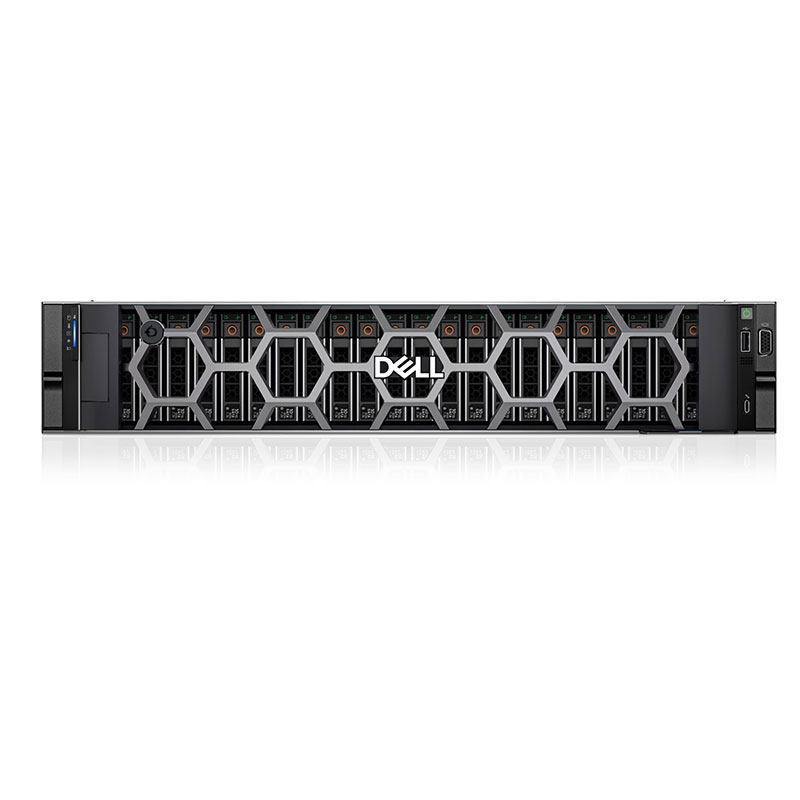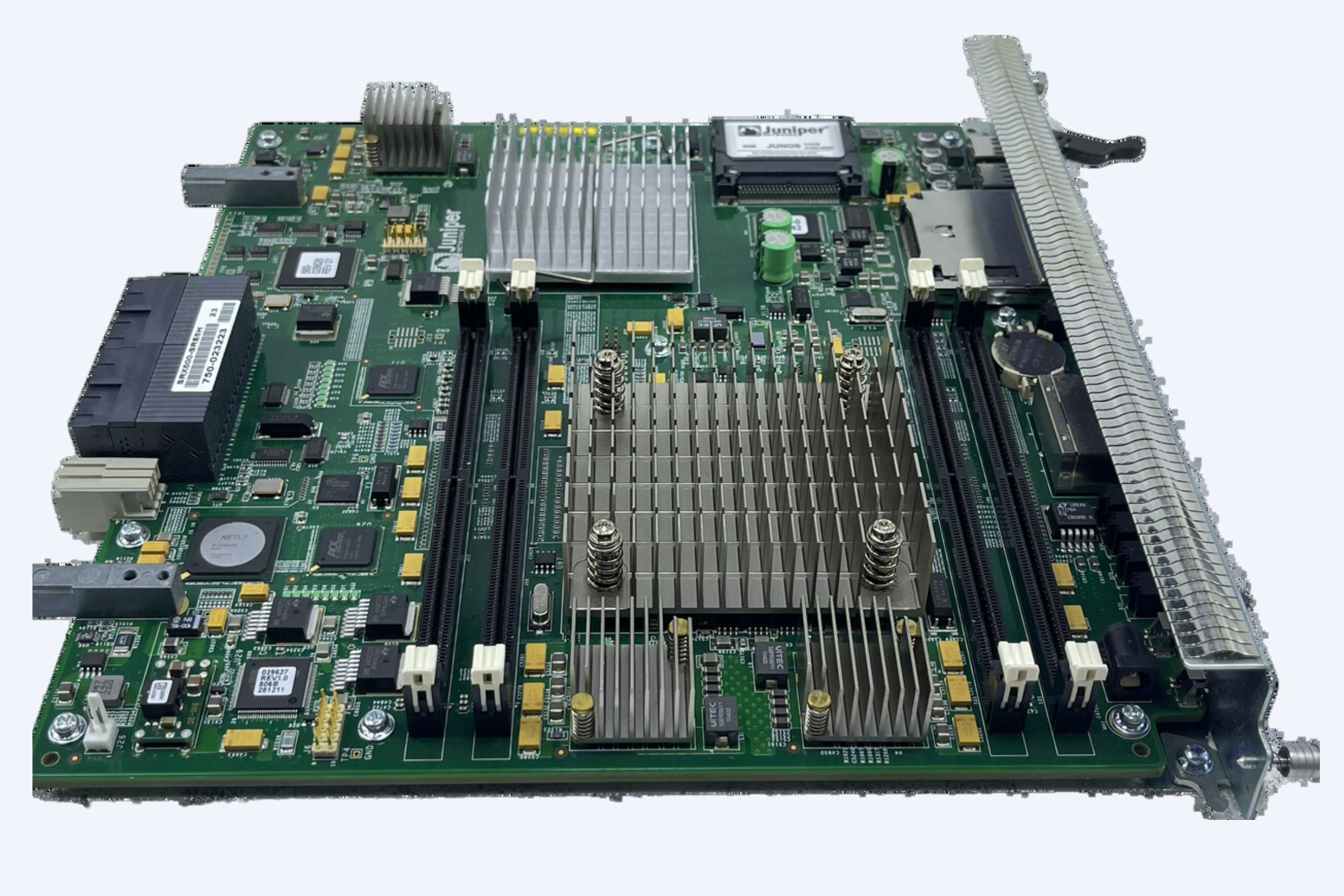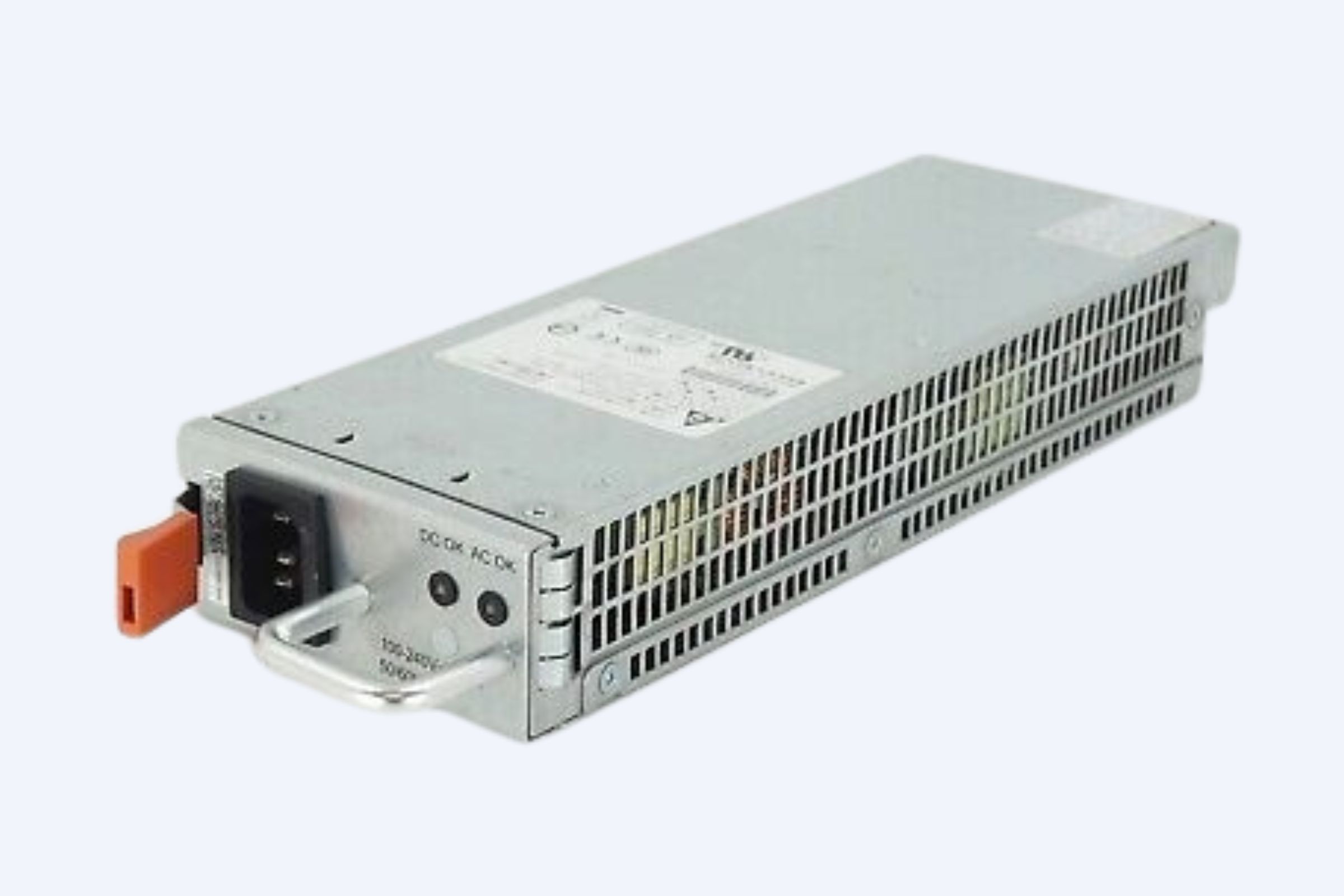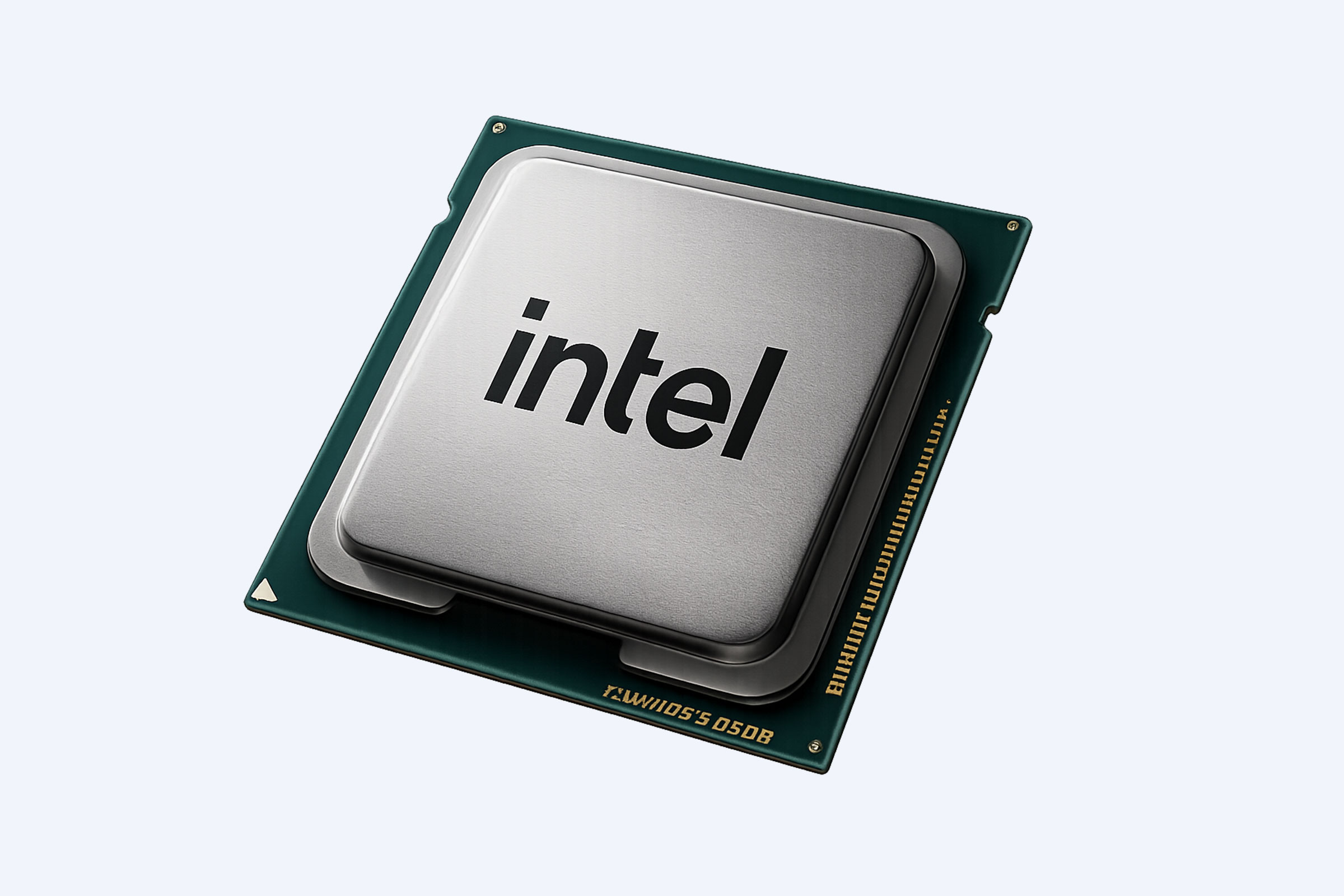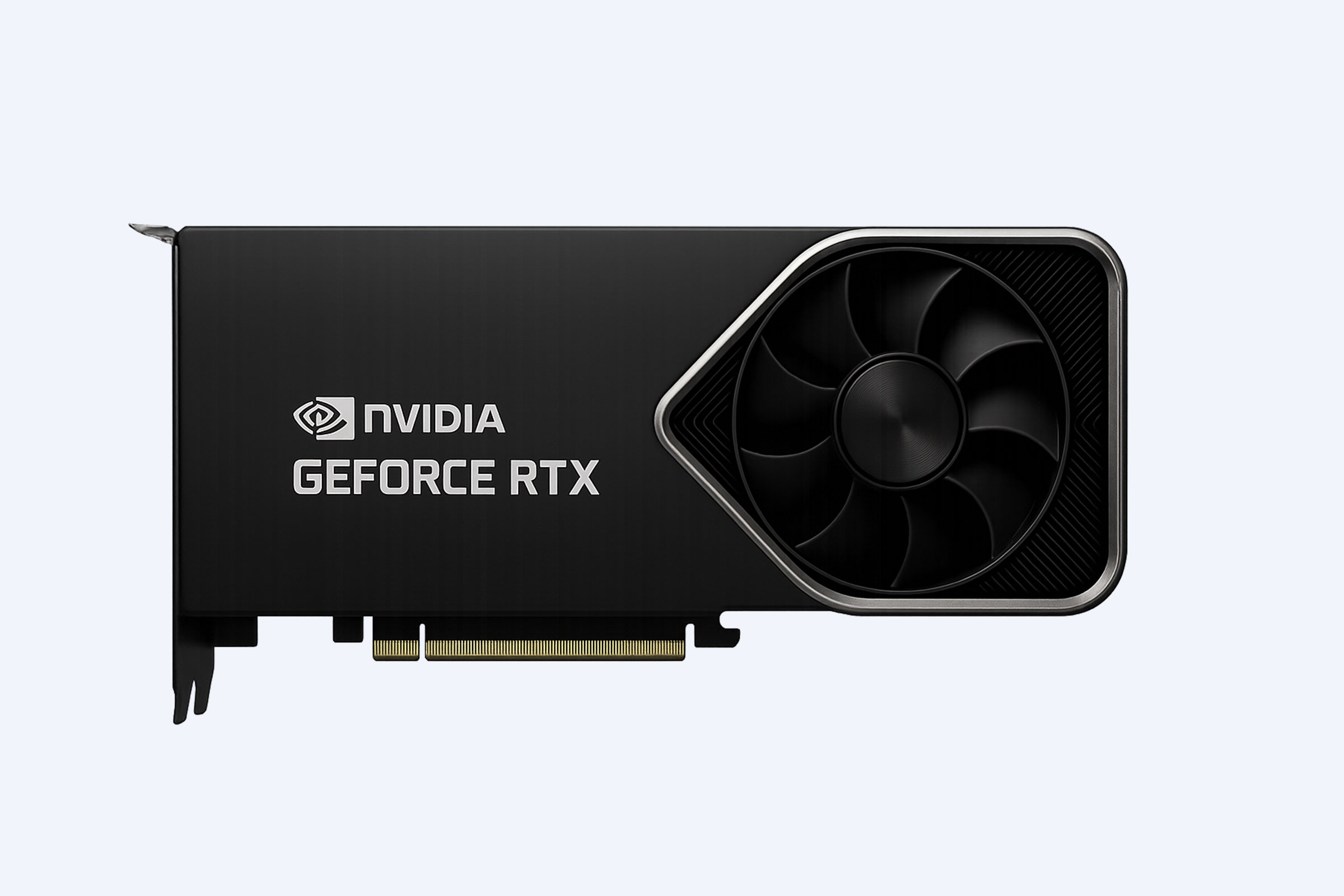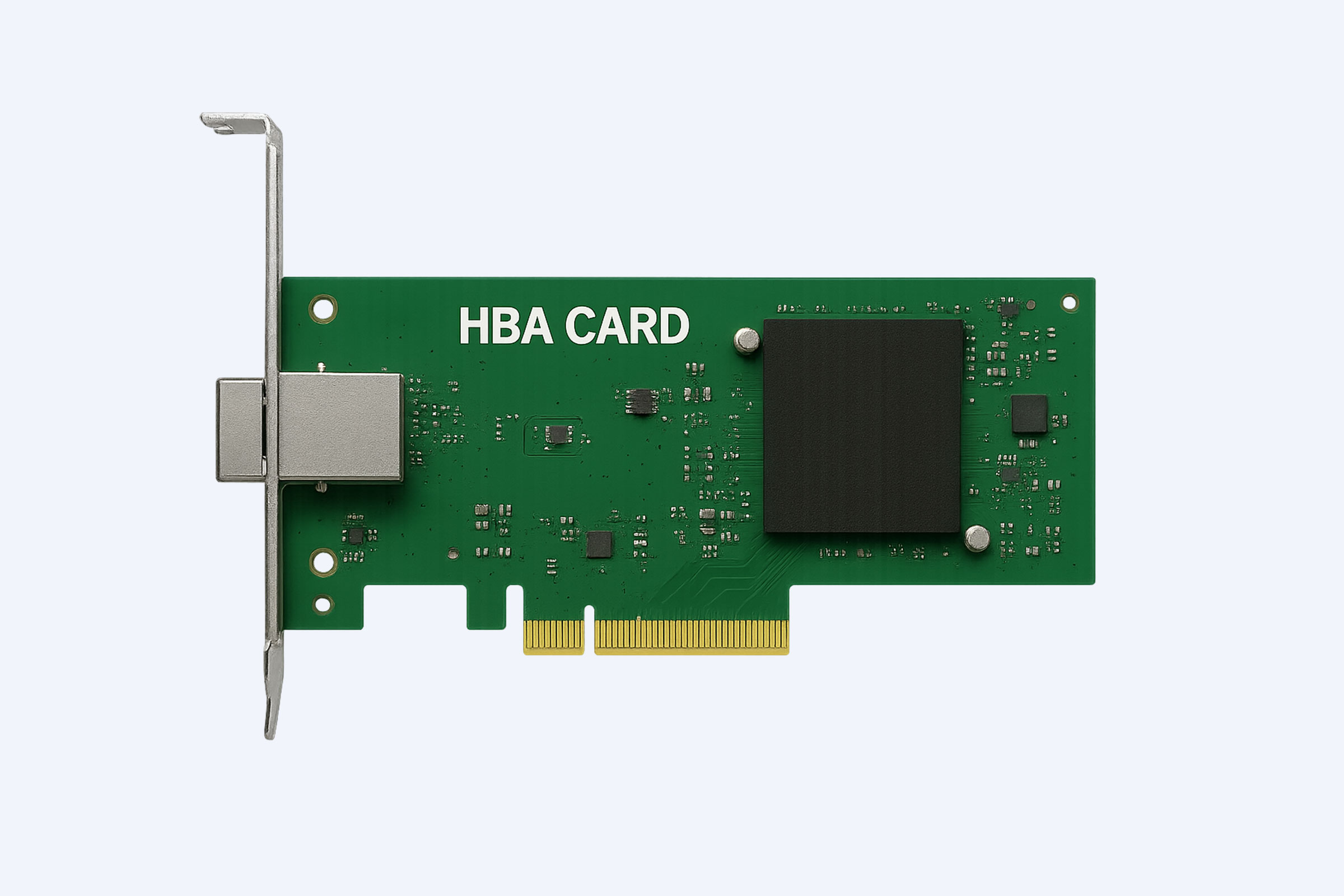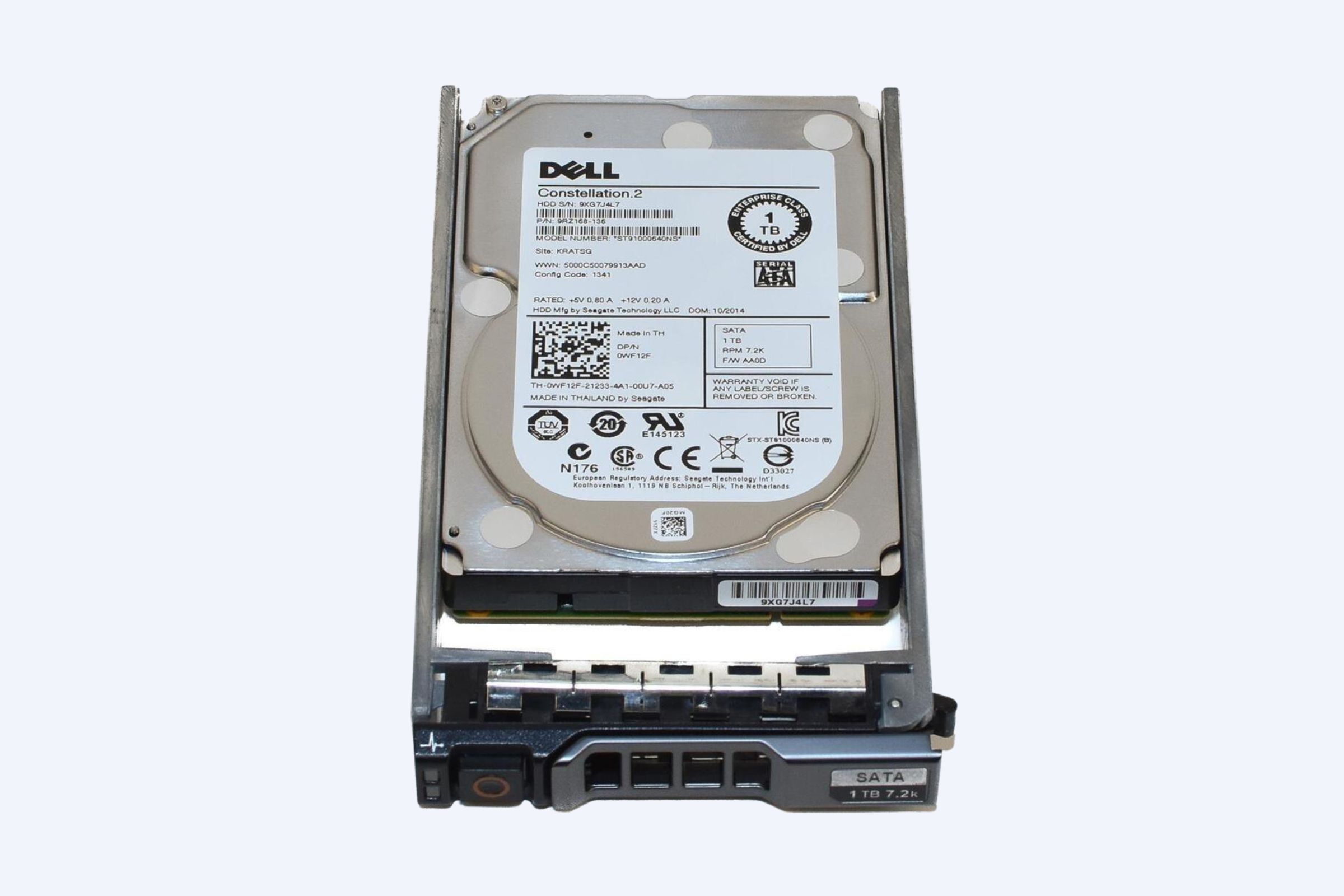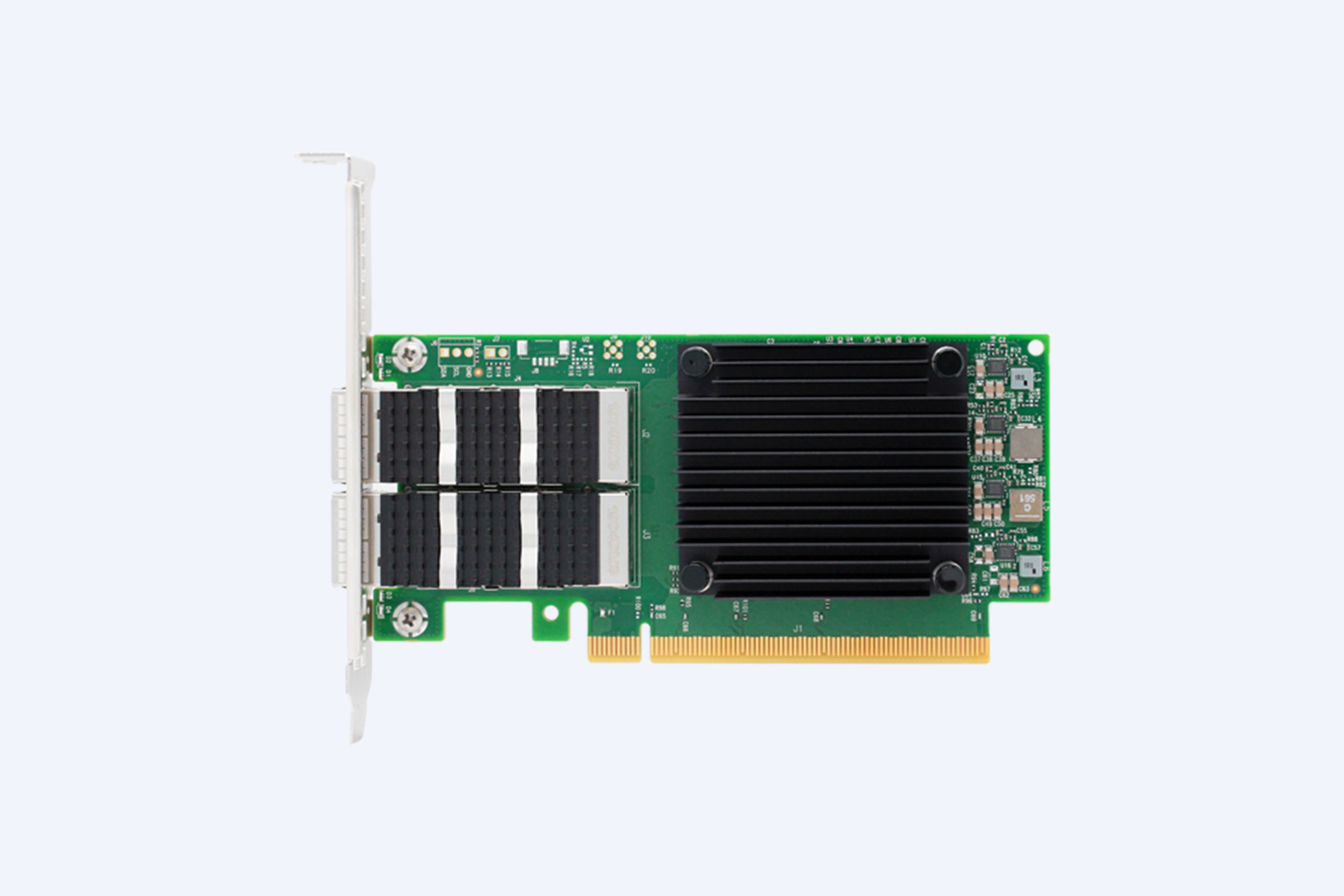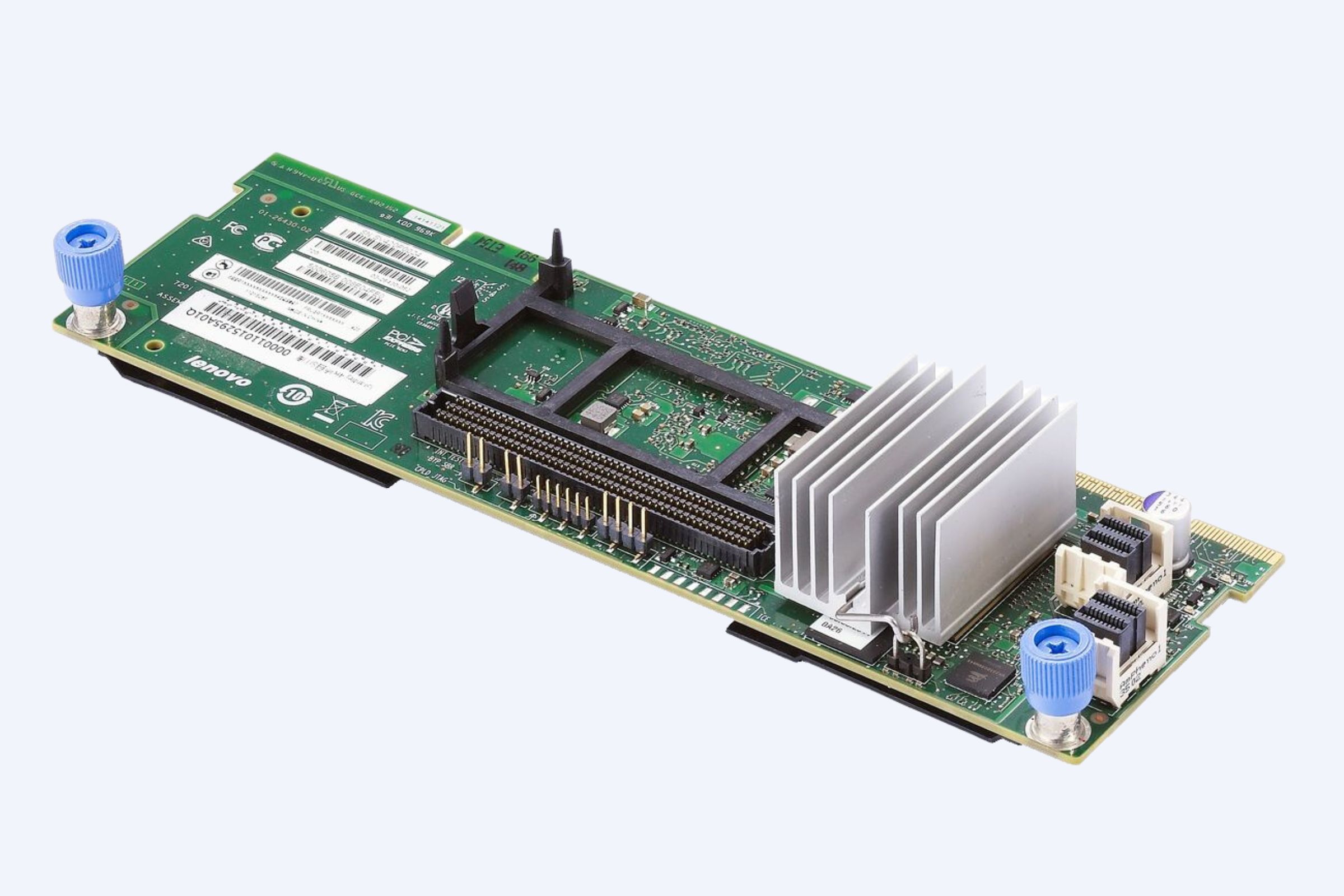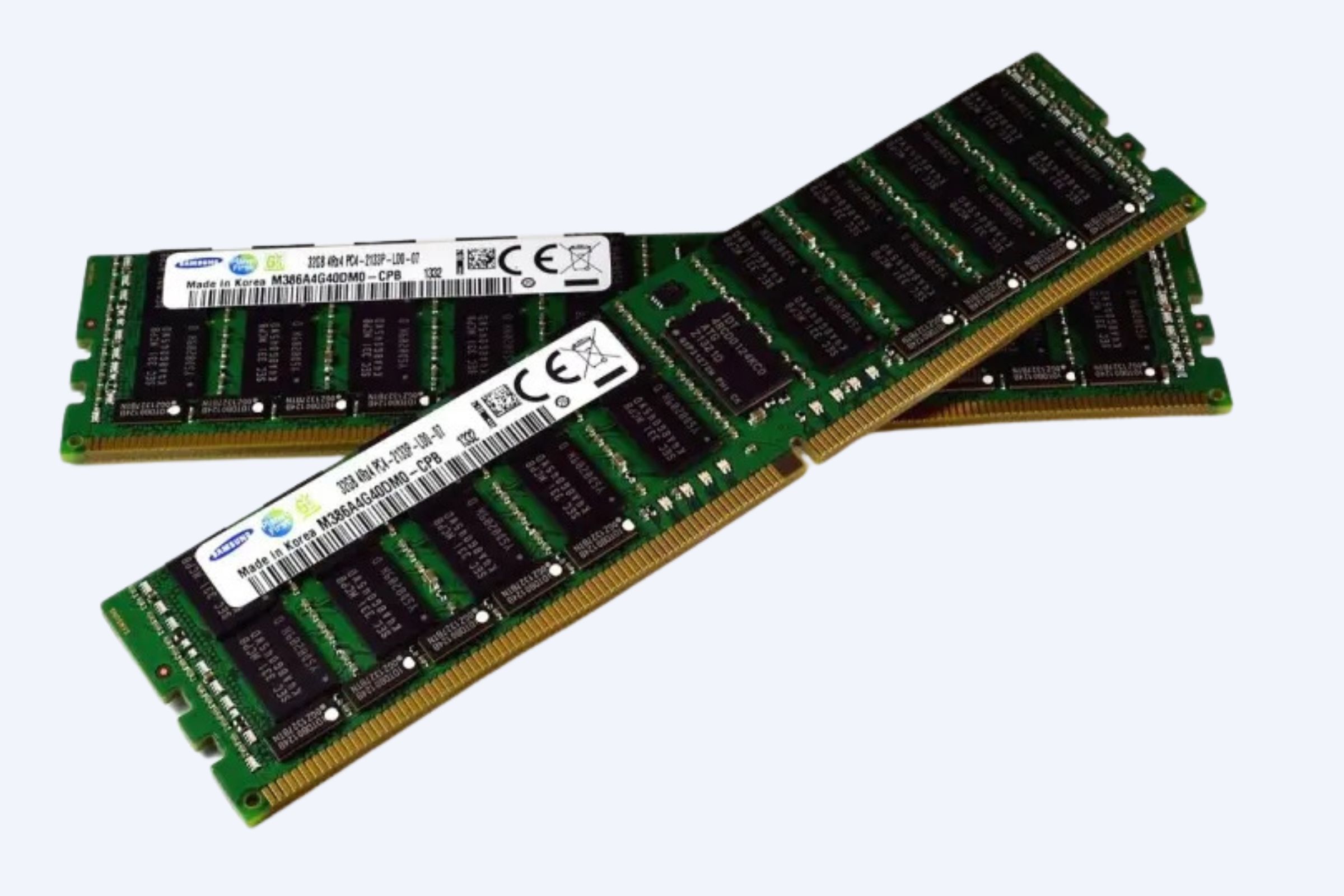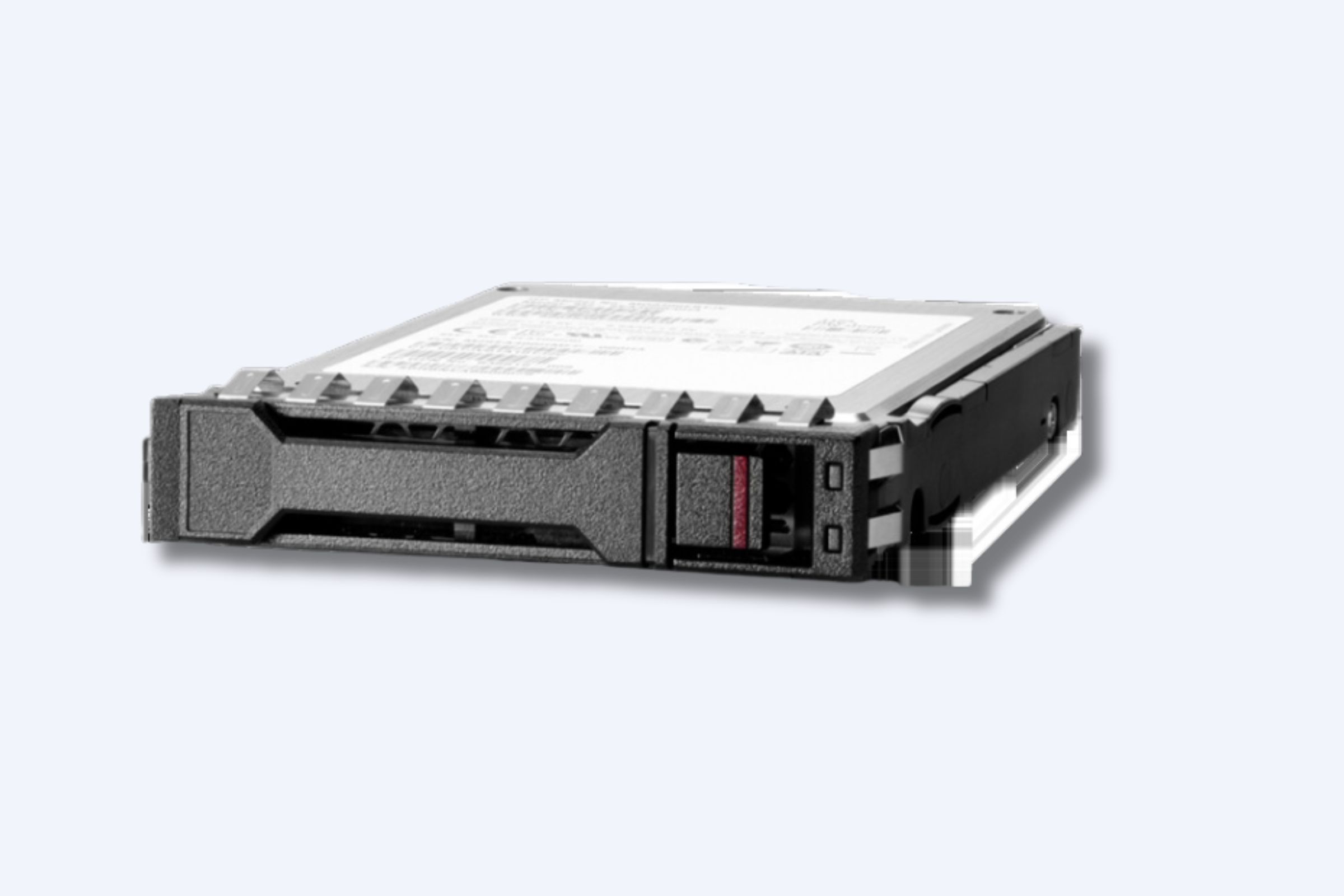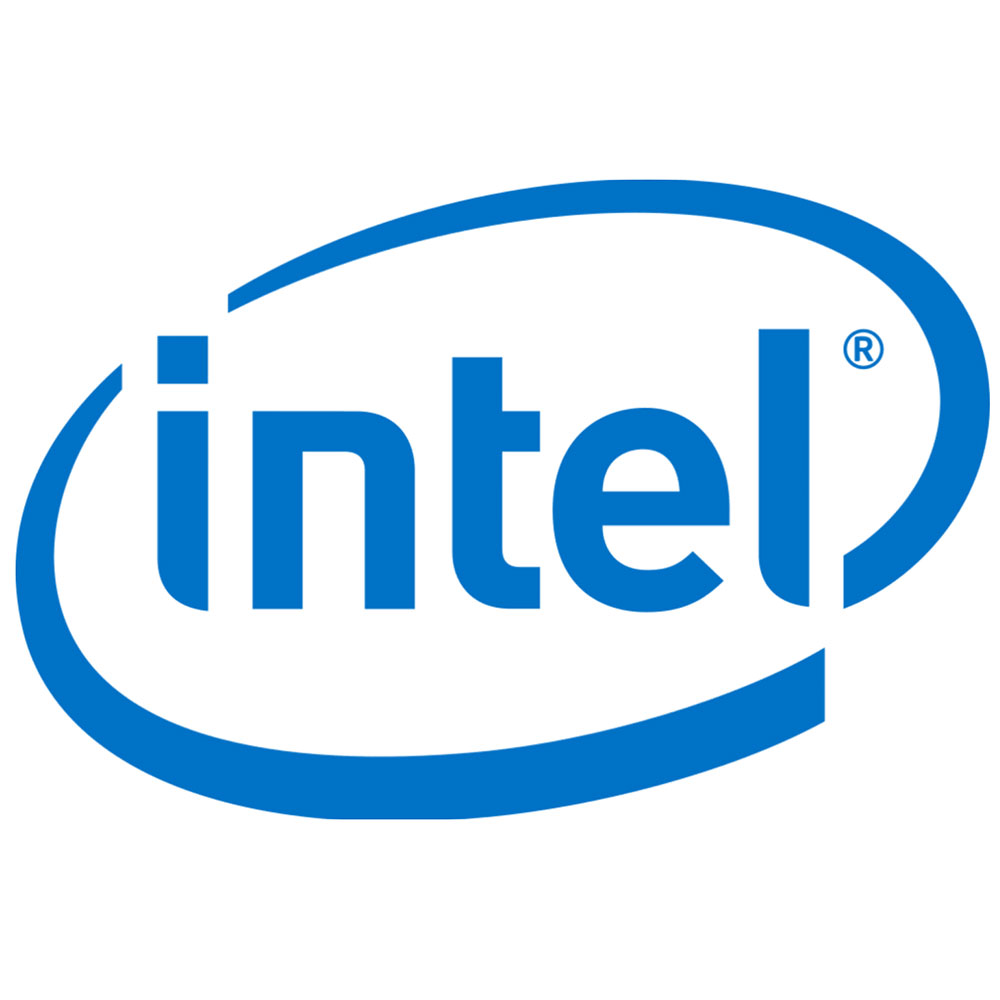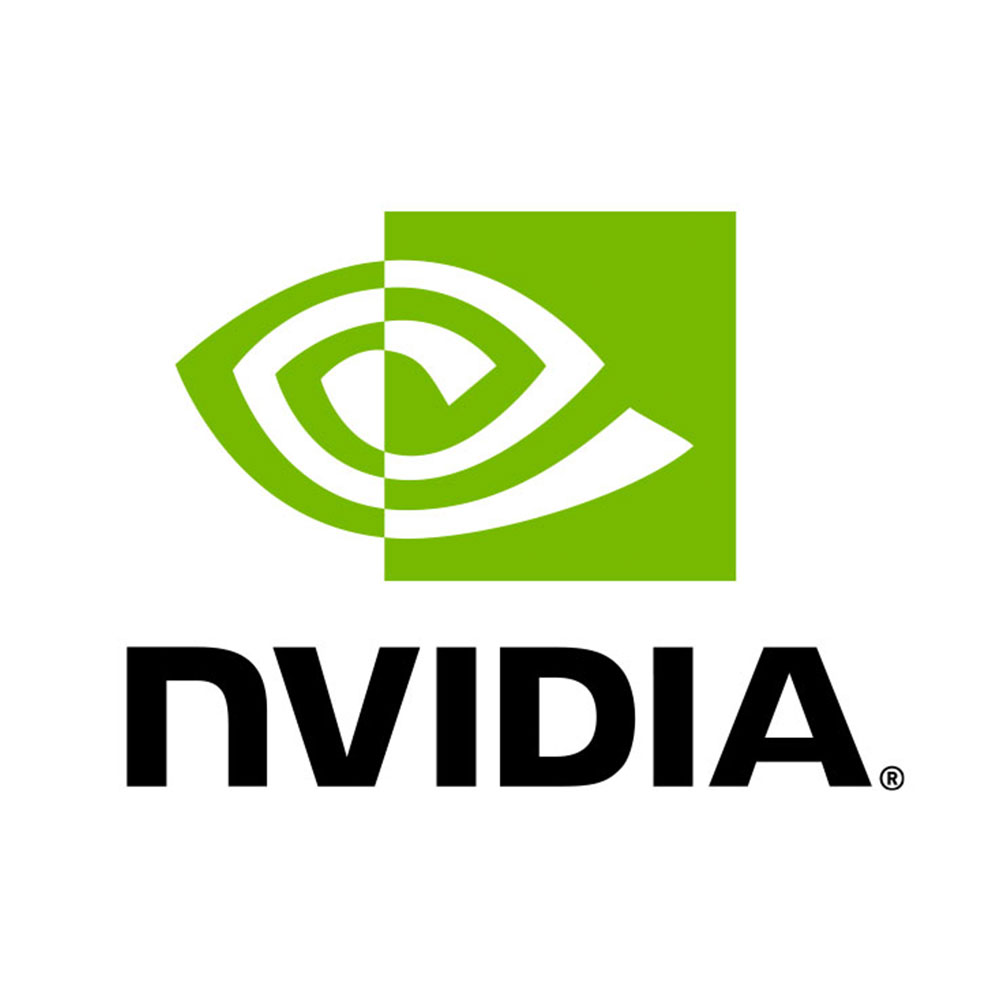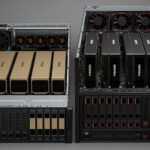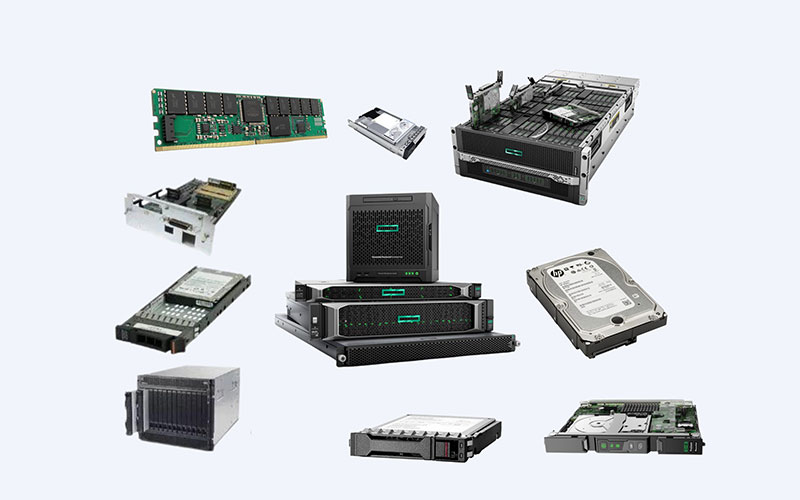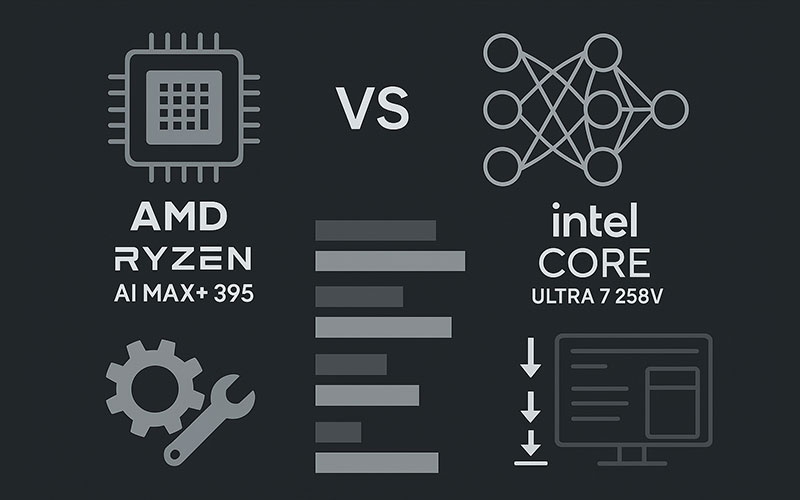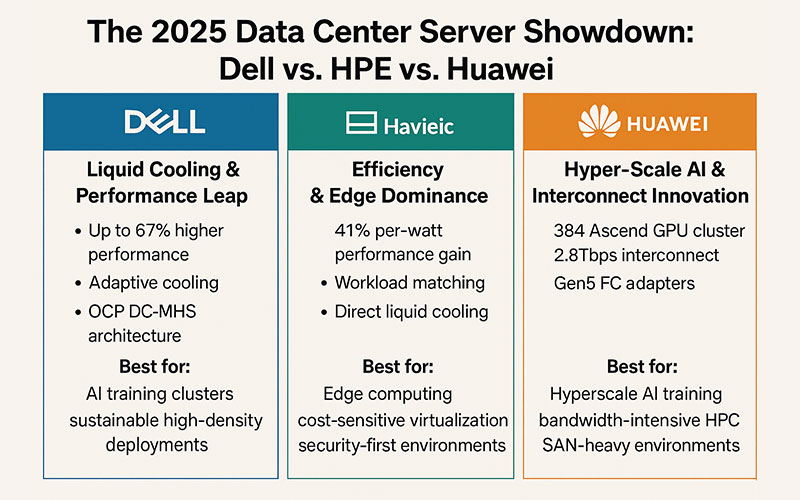Servers form the backbone of modern IT infrastructure, powering everything from small business websites to massive cloud computing platforms. While the term “server” often conjures images of a single physical box sitting in a data center rack, it actually encompasses a broad variety of hardware designed to meet different performance, space, and energy requirements. Below is an exploration of the most common types of server equipment, including both complete server systems and key supporting components.
1. Physical Server Form Factors
Description: Designed to slide into standardized 19-inch racks (or, less commonly, 23-inch racks), rack servers are optimized for high-density environments. Each server is typically 1U to 4U tall (where “U” equals 1.75 inches).
Key Characteristics:
- Space Efficiency: Multiple rack units can be stacked vertically, making them ideal for data centers with limited floor space.
- Serviceability: Front-accessible drives, power supplies, and expansion slots simplify maintenance and hot-swapping.
- Scalability: It is straightforward to add more rack servers as demand grows.
Use Cases: Enterprise data centers, cloud hosting facilities, virtualization clusters.
Blade Servers
Description: Blade servers are ultra-slim, modular units that slide into a shared chassis. The chassis provides power, cooling, networking, and management, allowing each blade to omit many of these components for greater density.
Key Characteristics:
- High Density: Dozens of blades can share a single chassis occupying just a few rack units.
- Centralized Management: Often come with integrated management modules for power, cooling, and network switches.
- Reduced Cabling: Shared infrastructure within the chassis minimizes external cables.
Use Cases: Environments requiring massive compute density—such as high-performance computing (HPC) clusters, large virtualization farms, or telecommunications back-ends.
Tower Servers
Description: Resembling traditional desktop PC towers, these standalone servers are designed for offices or branch locations where rack space is unavailable.
Key Characteristics:
- Expandability: Generally offer more internal drive bays and PCIe expansion slots compared to similarly priced rack servers.
- Reduced Infrastructure Needs: Can operate on standard office desks without specialized racks or cooling.
- Noise and Size: Tend to be larger and louder than rack or blade options, making them less suitable for noise-sensitive environments.
Use Cases: Small-to-medium businesses, remote offices, or home labs where one or two servers suffice.
Microservers
Description: Ultra‑compact servers that often prioritize low power consumption over raw processing power. They may resemble small desktop PCs or even smaller “pizza-box” form factors.
Key Characteristics:
- Energy Efficiency: Low-wattage CPUs and minimal components reduce power draw.
- Limited Expandability: Typically only one or two drive bays and minimal PCIe slots.
- Density: Can be densely packed—some models allow dozens of microservers in a single rack.
Use Cases: Lightweight web serving, edge computing, content delivery networks (CDNs), or scale-out microservices architectures.
2. Core Internal Components
Beyond the overall form factors, certain internal hardware elements define a server’s performance, reliability, and suitability for different tasks. These components often determine a server’s classification and usage.
Types:
- Multi-Core Xeon/EPYC: Intel Xeon and AMD EPYC are the two leading lines of server-grade processors, offering tens of cores per socket, 64+ PCIe lanes, and large on‑chip caches.
- ARM-Based CPUs: Emerging in hyperscale environments, ARM chips deliver high energy efficiency for scale-out tasks.
Characteristics to Consider:
- Core Count & Clock Speed: Balancing single-threaded performance versus multi-threaded throughput.
- Thermal Design Power (TDP): Influences cooling requirements and power consumption.
- Integrated Features: Encryption accelerators, memory channel count, and virtualization extensions.
Memory (RAM)
Types:
- ECC Registered DIMMs (RDIMMs): Error-correcting code memory is almost universal in server settings to prevent data corruption.
- Load-Reduced DIMMs (LRDIMMs): Offer higher capacity per module, useful for memory‑intensive workloads (databases, in‑memory analytics).
Key Metrics:
- Capacity: Servers can support anywhere from a few gigabytes to multiple terabytes, depending on the number of DIMM slots and module sizes.
- Speed: Ranging from DDR4-2133 MT/s up to DDR5‑6400 MT/s, affecting data throughput.
- Channel Configuration: Dual‑channel, quad‑channel, or octa‑channel memory controllers improve bandwidth.
Storage Subsystems
Hard Disk Drives (HDDs):
- Description: Traditional spinning-disk drives offering high capacity at lower cost per gigabyte.
- Use Cases: Bulk cold storage, backup repositories, or where throughput, not latency, dominates.
Solid-State Drives (SSDs):
- SATA/SAS SSDs: Plug into standard drive bays, typically capped around 6 Gbps (SATA) or 12 Gbps (SAS).
- NVMe (PCIe) SSDs: Bypass legacy storage controllers, providing significantly lower latency and higher IOPS. Available in U.2, M.2, or add-in card form factors.
- Enterprise vs. Consumer Grade: Enterprise SSDs support higher write endurance and power-loss protection.
Storage Controllers & RAID Cards:
- Hardware RAID Controllers: Offload parity and mirroring tasks, offering battery-backed cache or flash-based cache modules.
- Software-Defined Storage (SDS) Options: Leveraging CPU cycles and software layers (e.g., Ceph, ZFS) to pool drives.
Network-Attached Storage (NAS) & Storage Area Networks (SAN):
- NAS: File-level storage accessible over standard Ethernet (e.g., NFS, SMB). Often implemented with dedicated NAS appliances or servers.
- SAN: Block-level storage over Fibre Channel or iSCSI, typically using dedicated Fibre Channel HBAs and switches.
Network Interface Cards (NICs)
- Standard Ethernet NICs: Available in 1GbE, 10GbE, 25GbE, 40GbE, and 100GbE speeds; important for determining network throughput and server-to-server communication.
- SmartNICs (Data Processing Units): Offload networking, security, or storage tasks—ideal for hyper-scale data centers or virtualization hosts.
- Fibre Channel Host Bus Adapters (HBAs): Necessary for direct connections to Fibre Channel SANs.
Power Supplies & Redundancy
- Hot‑Swappable PSUs: Often servers come with two (or more) redundant power supplies; if one fails, the other seamlessly carries the load.
- 80 PLUS Certification Levels: Ranging from Bronze to Titanium, indicating efficiency under typical load conditions. Higher efficiency reduces energy costs and cooling needs.
- Power Distribution Units (PDUs): Rack-mounted units that distribute AC power to multiple servers, often with remote monitoring capabilities.
Cooling Solutions
- Air Cooling: High-performance fans (front-to-back airflow) paired with heat sinks on CPUs and other hot components.
- Liquid Cooling: In environments where air cooling is insufficient (e.g., high-density GPU servers), some data centers deploy liquid-cooled server chassis or rear-door heat exchangers.
- Chassis Fans & Ducting: Many servers include multiple internal fans to maintain optimal airflow across components. Ducts channel cool air from front to back, reducing hot spots.
3. Specialized Server Classes
GPU-Accelerated Servers
Description: Equipped with one or more high-performance GPUs (e.g., NVIDIA A100, AMD Instinct) alongside CPUs.
Characteristics:
- High Power & Cooling Demands: Each GPU can consume hundreds of watts, necessitating robust cooling infrastructure.
- PCIe Lane Allocation: Requires motherboards designed to support multiple x16 slots at full bandwidth.
Use Cases: Machine learning training, inference workloads, scientific simulations, video transcoding.
High-Density/Hyperconverged Servers
Description: Combine compute, storage, and networking in a single appliance or node, often as part of a hyperconverged infrastructure (HCI).
Characteristics:
- Integrated Software Stack: Bundles virtualization (e.g., VMware vSAN, Nutanix Acropolis) to pool resources across multiple nodes.
- Scalability by Node Addition: Scale both storage and compute simply by adding more identical nodes.
Use Cases: Virtual desktop infrastructure (VDI), branch office consolidation, private cloud deployments.
Edge/IoT Servers
Description: Compact, ruggedized servers built to operate in non‑traditional environments—factory floors, retail outlets, telecom base stations.
Characteristics:
- Environmental Tolerance: Extended temperature, humidity, and shock/vibration specs.
- Modular I/O: Support for industrial protocols (e.g., Modbus, CAN bus) alongside standard Ethernet.
Use Cases: Industrial control systems, local data aggregation, IoT gateway processing.
4. Ancillary and Supporting Equipment
Uninterruptible Power Supplies (UPS)
Function: Provide temporary, clean power during an electrical outage, preventing abrupt shutdowns and allowing graceful server shutdowns or transitions to backup generators.
Types:
- Standby (Offline) UPS: Keeps critical components powered, switches to battery upon grid failure (short transfer time).
- Line‑Interactive UPS: Continuously regulates voltage; better for areas with fluctuating power quality.
- Online Double-Conversion UPS: Provides the cleanest power with zero transfer time; ideal for highly sensitive or mission-critical servers.
KVM Switches (Keyboard, Video, Mouse)
Purpose: Allow administrators to control multiple servers from a single console, reducing the need for separate monitors and keyboards for each server.
Features:
- Digital KVM over IP: Enables remote management via LAN or WAN.
- Local KVM Drawers: Slide into racks and provide integrated keyboard, monitor, and touchpad for on‑site administration.
Management Modules & Remote Management Cards
Baseboard Management Controller (BMC): An onboard microcontroller providing out‑of‑band access (IPMI, Redfish) to monitor hardware health, power servers on/off, and mount virtual media.
Proprietary Solutions:
- iDRAC (Dell), iLO (HP), IMM (Lenovo): Enhanced management features, firmware updates, and hardware monitoring dashboards.
Network Switches and Aggregation Gear
- Top‑of‑Rack (ToR) Switches: Aggregate connections from rack servers; often provide 10GbE ports uplinked to aggregation/core switches.
- Leaf-Spine Architectures: In modern data centers, leaf switches connect directly to server NICs, while spine switches provide high-bandwidth backbone connectivity.
Cabling and Cable Management
- Structured Cabling: Includes CAT6/6A for up to 10GbE or higher; fiber optics (OM4, OS2) for 40GbE, 100GbE, or long‑distance runs.
- Cable Trays, Management Arms, Velcro Straps: Maintain airflow and simplify cable tracing during maintenance.
5. Emerging Trends and Considerations
Modular Data Center Pods
Pre‑assembled, containerized racks containing servers, cooling, and power distribution. Can be rapidly deployed at the edge or as temporary capacity.
ARM-Based Server Adoption
Companies like Amazon (Graviton instances), Ampere, and Marvell are driving ARM into mainstream server workloads—promising better performance-per-watt for certain cloud‑native applications.
Composable Infrastructure
Using “disaggregated” pools of CPU, memory, storage, and accelerators that can be provisioned and reconfigured via software, without physically moving hardware. Requires specialized interconnect fabrics (e.g., NVMe over Fabrics).
AI Co‑Processors and FPGAs
Beyond GPUs, field-programmable gate arrays (FPGAs) and dedicated AI accelerators (such as Google’s TPU) are integrating into server offerings to accelerate inference tasks with lower latency and power draw.
Green/Sustainable Hardware
Increased focus on renewable energy compatibility, recycled materials, and higher power efficiency ratings. Some vendors now publish “carbon footprint” estimates for individual servers.
Conclusion
Server equipment encompasses a diverse ecosystem of form factors, internal components, specialized accelerators, and supporting gear. Whether you need a space‑conscious blade server for a high‑density clustering environment, a rugged microserver at the network edge, or a powerful GPU‑laden rig for machine learning, there is tailored hardware to fit virtually every requirement. Key considerations—such as compute density, power efficiency, expandability, and manageability—guide the choice of server equipment and associated components. As technologies evolve (e.g., ARM adoption, composable infrastructure, AI co‑processors), server offerings will continue to diversify, allowing organizations to precisely align their hardware investments with workload demands and sustainability goals.



